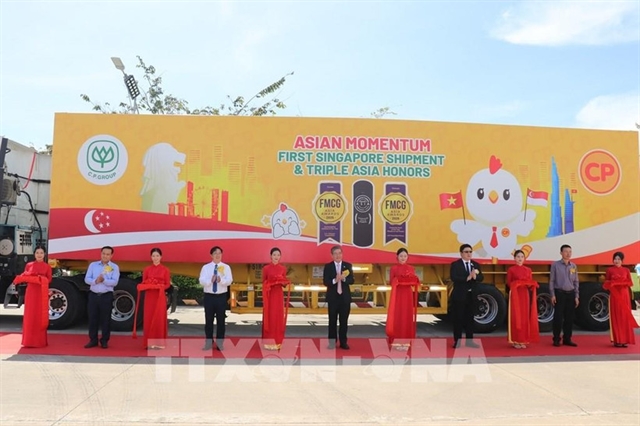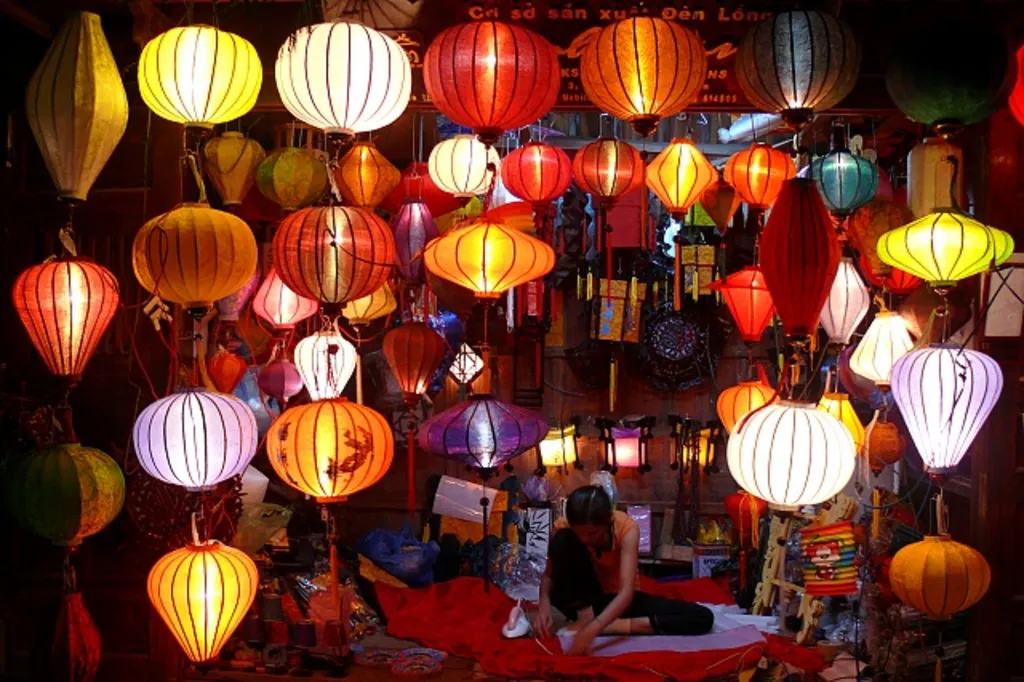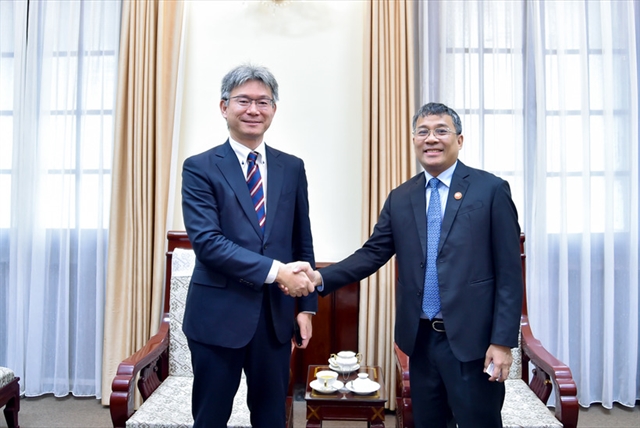 Economy
Economy

 |
| A worker makes lanterns and baskets in Huế. Photo husta.vn |
HÀ NỘI The EU–Việt Nam Free Trade Agreement (EVFTA) has boosted the presence of Vietnamese goods in the European Union, yet fully unlocking its benefits will require exporters to move beyond tariff preferences and meet the bloc’s stringent rules, said economists and industry insiders.
The EU is now Việt Nam’s second-largest export market after the US, with Vietnamese shipments spanning electronics, garments, furniture, agricultural produce, and handicrafts.
After the EVFTA took effect in August 2020 through May 2025, two-way trade reached US$298 billion. Việt Nam remains the EU’s largest goods trading partner in ASEAN.
EU Ambassador to Việt Nam Julien Guerrier said the agreement has “boosted trade and delivered tangible benefits to both sides,” adding that steady cooperation remains essential as global trade faces volatility and as both parties pursue a green, sustainable and prosperous future.
Industry experts point to furniture and handicrafts as sectors with a lot of potential.
Nguyễn Đắc Bội Quỳnh, director of Trade Promotion for Vietnamese businesses at the French Chamber of Commerce and Industry in Việt Nam, cited estimates putting the EU handicrafts market at $293 billion in 2024, with a projected rise to $576 billion by 2033, a compound annual growth rate of about 7.4 per cent.
Consumer trends in the bloc increasingly favour unique, eco-friendly products with strong cultural identity, while e-commerce is reshaping how personalised and sustainable goods reach buyers.
The same market dynamics, however, come with demanding requirements. For wood and handicraft exporters, compliance with standards applies to origin and legal-timber certification, environmental impact and labour conditions. Fast-changing tastes also force companies to refresh designs two to three times a year to stay competitive.
Lawyer Chử Lan Phương of Ceven Law noted that newer EU frameworks, such as the General Product Safety Regulation, the Product Liability Directive and the Ecodesign for Sustainable Products Regulation, require higher corporate responsibility, the appointment of an EU-based legal representative, and robust traceability of inputs, alongside adherence to other sector-specific rules.
Textiles and garments continue to benefit from the EVFTA’s tariff cuts, but market access increasingly depends on environmental performance and product safety. That pushes Vietnamese firms to invest in greener production, upgrade technology and raise the proportion of locally-made materials to satisfy rules of origin.
Director of Market Development at Source of Asia Trà Lê said that exporters should not only ship products but also convey identity and culture. That means putting money into creative designs that blend contemporary aesthetics with indigenous heritage, building transparent supply chains, and prioritising internationally certified materials.
Shifts in European demand help make the case for Vietnamese craftsmanship. Surveys indicate that more than 60 per cent of urban consumers prefer handmade items to industrially produced goods.
Items made from rattan, bamboo and leaves — materials rooted in daily life in Việt Nam — are drawing interest amid the green consumption trend. For many buyers, the story and experience behind a product matter as much as the object itself, creating an opening for Vietnamese enterprises to differentiate themselves on authenticity as well as compliance.
With EVFTA momentum intact and the EU’s appetite for sustainable, culturally resonant agricultural goods growing, Việt Nam’s exporters are well placed to expand their footprint. The next phase will depend on how quickly firms align with Europe’s regulations, deepen design and branding capabilities, and tell compelling product stories that travel as far as their goods, according to industry insiders. VNS




